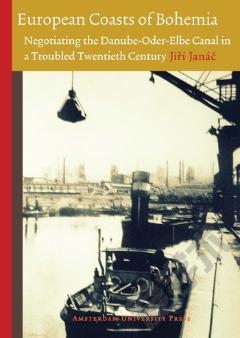European coasts of bohemia —— negotiating the danube-oder-elbe canal in a troubled twentieth century
----- 波希米亚的欧洲海岸:在一个混乱的二十世纪谈判多瑙河 - 奥得河,易北河运河
The Danube-Oder-Elbe Canal attracted a great deal of attention throughout the twentieth century. Its promoters, The Danube-Oder-Elbe Canal, attracted a great deal of attention throughout the twentieth century and defined it as a tool for integrating a divided Europe. Although the canal was situated almost exclusively on Czech territory, it promised to create an integrated waterway system across the Continent that would link Black Sea ports to Atlantic markets. In return, the landlocked Czechoslovakian state would have its own connections to the sea. Today, the canal is an important building block of the European Agreement on Main Inland Waterways. This book explains the crucial role that experts played in aligning national and transnational interests and infrastructure developments. It builds on recent investigations into the hidden integration of Europe as an outcome of transnational networking, system-building, and infrastructure development. The book analyzes the emergence of a transnational waterway expert network that continued to push for the development of the canal despite unfavorable political circumstances. The book shows how the experts adapted themselves to various political developments, such as the break-up of the Austrian-Hungarian Empire, the rise of the Third Reich, and integration into the Soviet Bloc, while still managing to keep the Canal project on the map. This book provides a fascinating story of the experts who confronted and contributed to different and often conflicting geopolitical visions of Europe. The canal was never completed, yet what is more remarkable is the fact that the canal remained on various agendas and attracted vast resources throughout the twentieth century.
{{comment.content}}








 京公网安备 11010802027623号
京公网安备 11010802027623号